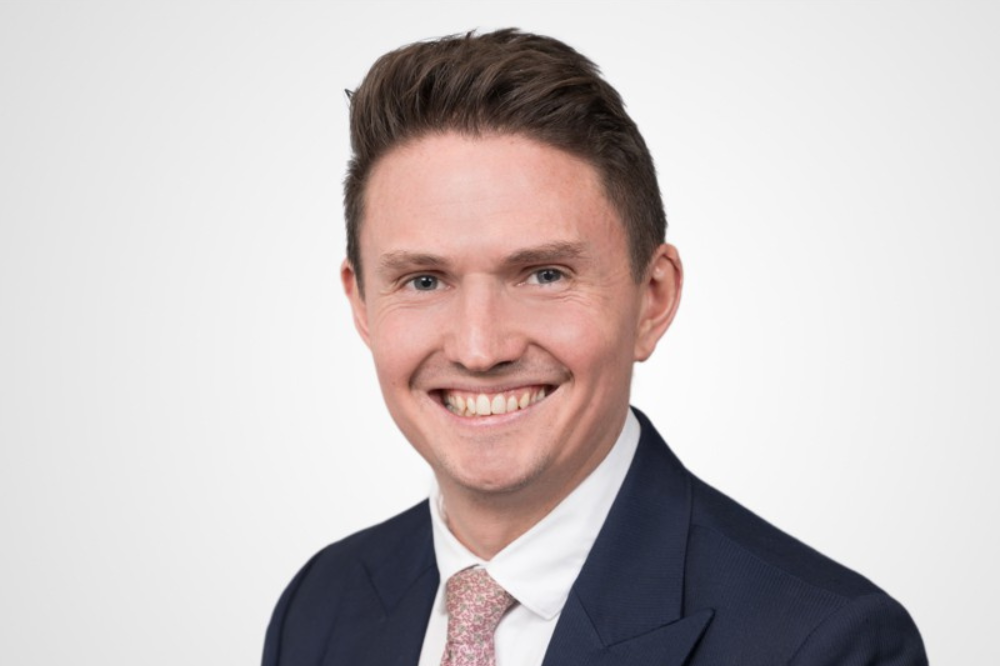Gallagher highlights the "strange paradox" of today’s D&O market

Gallagher highlights the “strange paradox” of today’s D&O market | Insurance Business America
Professional Risks
Gallagher highlights the “strange paradox” of today’s D&O market
D&O expert calls for greater sustainability
Professional Risks
By
Mia Wallace
A “strange paradox” has emerged in the directors’ and officers’ insurance market – as it’s now the toughest time to be a director or an officer at a company, or indeed a D&O insurer, but inversely, also the best time to buy D&O coverage.
Assessing some of the key takeaways of Gallagher’s latest ‘D&O Global Market Update‘, Steve Bear (pictured), executive director of financial and professional risks at Gallagher, highlighted the favorable trend of D&O insurance rates. This is especially evident across the industries hit hardest by the pandemic, he said, with the travel, tourism and leisure sectors seeing “significant” post-COVID premium decreases.
“This started in autumn 2021, where to achieve a 50% premium saving at renewal was almost to be expected,” he said. “Then to get these clients another 50% off in 2022 was very impressive and you could look at that and say to the client, ‘don’t expect another 50% off in 2023’. But actually, certain pockets of our book are still benefiting from that kind of rate reduction.”
Hard vs soft market conditions in the D&O insurance market
With almost two decades of D&O experience to his name, including time spent at Chubb and AIG, Bear, who joined Gallagher in 2019, noted that except for the “blip” of a hard D&O market in the wake of 9/11, he spent the vast majority of his underwriting career in a soft, competitive and continually declining rate environment. The hard market really started around 2017/18, he said, and he stepped into the broking ring just in time for the “once-in-a-generation” event that was COVID.
“That was a very unique bubble,” he said. “It was a global event that impacted literally everyone irrespective of who you are or what you do. And that gave insurers a chance to ramp up their efforts to correct those 15 or so years of underpricing.”
From the standpoint of directors and officers themselves, he said, several key factors have marked the current operating environment as particularly tumultuous. Among these is the spike in social inflation with the rapid advance of social media channels opening up new platforms for scrutiny. Corporate scandals or insolvency events that might once have gone unnoticed are now generating discourse, headlines and the weight of public opinion.
“And the level of outrage that accompanies these kinds of headlines means that central governments and regulators can’t be seen to be doing nothing,” he said. “Whether it’s around responsible investing or responsible corporate behavior, the minute a company falls foul of that – regardless of who is impacted – the regulator will come knocking. And not just on the door of the company that’s made the headlines, but often the wider industry.”
This has been seen a number of times, Bear said, including in the energy sector with the collapse of some energy firms, the aviation sector amid price-fixing allegations, and among food manufacturers during the horsemeat scandal. These events can lead to parliamentary commissions, increased regulatory oversight, long-running and expensive investigations and, further claims and actions against directors and officers.
The power of effective risk management in the stability of the D&O insurance market
Facing such a complex and interconnected risk environment, the power of effective risk management has come into its own. The evolution of the traditional insurance risk transfer mechanism to operate in tandem with the advance of proactive and powerful risk management services has been a positive development for the market, Bear said, and adds tangible value to the insurance proposition.
In the past, he said, D&O underwriting was largely the result of analyzing a company’s financial statements and quoting based on what you found there. Now, the emphasis from customers is on value-add risk assessment toolkits including risk modelling, horizon-scanning and future-proofing services that ensure they have a holistic overview of their own risk profile and are in the strongest possible position when they go to market.
“We’ve held renewal meetings with underwriters and clients where the financial statements haven’t had any time at all,” he said. “For someone who grew up thinking that 99% of D&O underwriting was the financial health of a company, it’s incredible to see how that’s gone to the back of the queue while the risk management framework and risk management services are what’s massively adding value to our clients.”
For Bear and his team, who work closely with the risk assessment and management firm AnotherDay, these positives are not limited only to the holistic risk overview this generates. Underwriters have shared that this approach saves them about 35% of underwriting time, he said, while, from a premium perspective, clients can see savings of anything from 10% to 25% – which has significant implications for their own R&D spend or investment opportunities.
Creating a sustainable D&O insurance market
The volatility of the D&O insurance market – whether in terms of pricing, coverage or risk – is reflected by the demand voiced by D&O customers for a more sustainable marketplace. And having served the space as an underwriter for many years, Bear said, he feels emphatically that the wider market needs to embrace its responsibility to put the needs of D&O clients first.
“I am yet to find a client that wouldn’t like to see a 10-year fixed price for their insurance spend,” he said. “Every one of them would like to see that volatility in terms of percentage increases taken out. If you can promise them it will cost X amount for the next 10 years, I think they’d bite the hand off those insurers. Long-term sustainability is really important so that the clients that don’t warrant it, do not get those spikes in their premiums.
“If you have a huge claim, that’s a justifiable premium redress and we would all support that. But the pandemic was a real eye-opener in terms of how some companies actually became better risks due to the shift of people working from home and different purchasing patterns, and they were still getting lumped in with every other company that was supposedly going to go bankrupt because of it. So, that’s something we would encourage underwriters to think about.”
It will take a real mindset shift in the senior management of insurance companies to feed through this approach, Bear said, but he believes that the creation of a strong, secure and sustainable D&O market is attainable.
“It’s about being brave and sticking to your morals and offering sensible pricing that’s fair for the client, but sustainable for the market,” he said. “Because there is a balance to be struck and hopefully, we’re not too far from finding that.”
What are your thoughts on this story? Feel free to share them in the comment box below.
Related Stories
Keep up with the latest news and events
Join our mailing list, it’s free!






